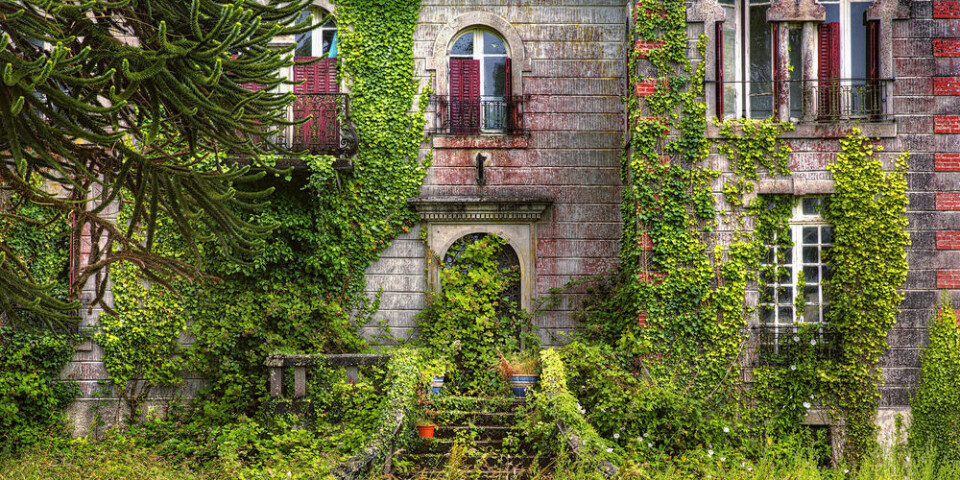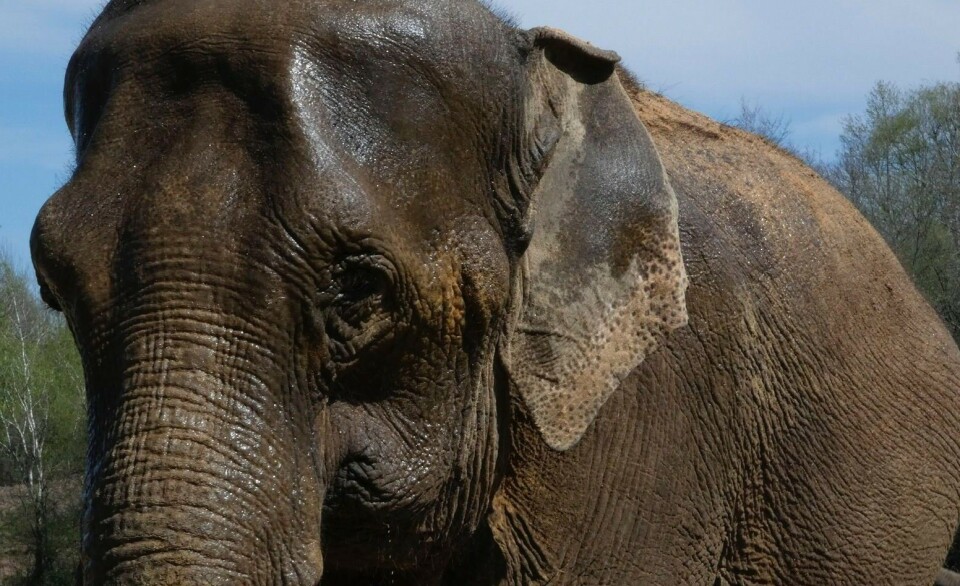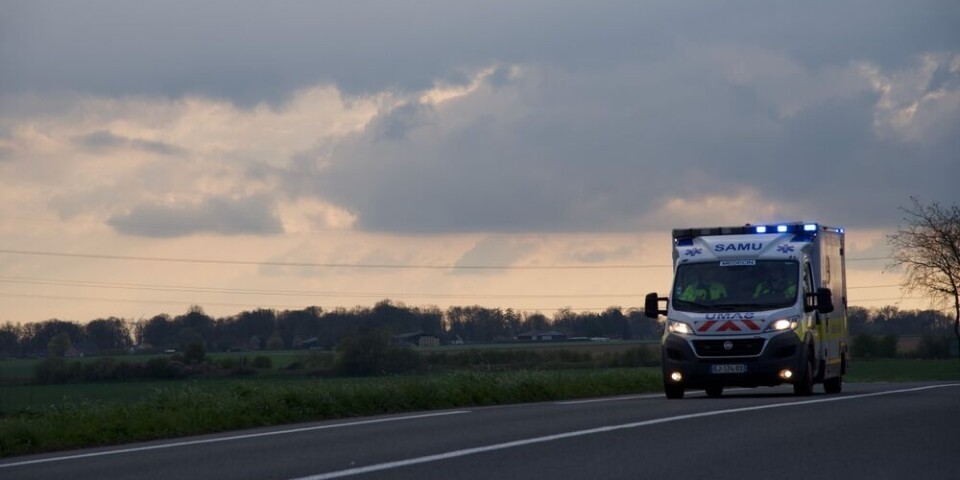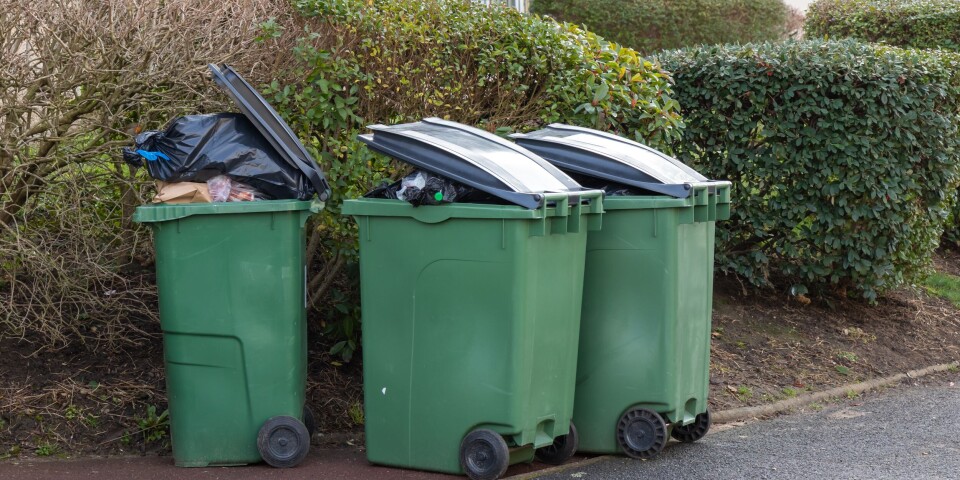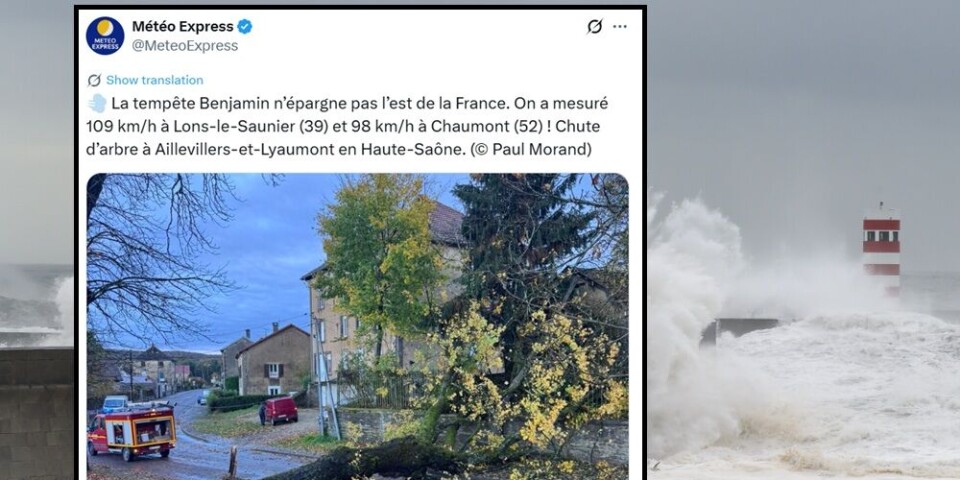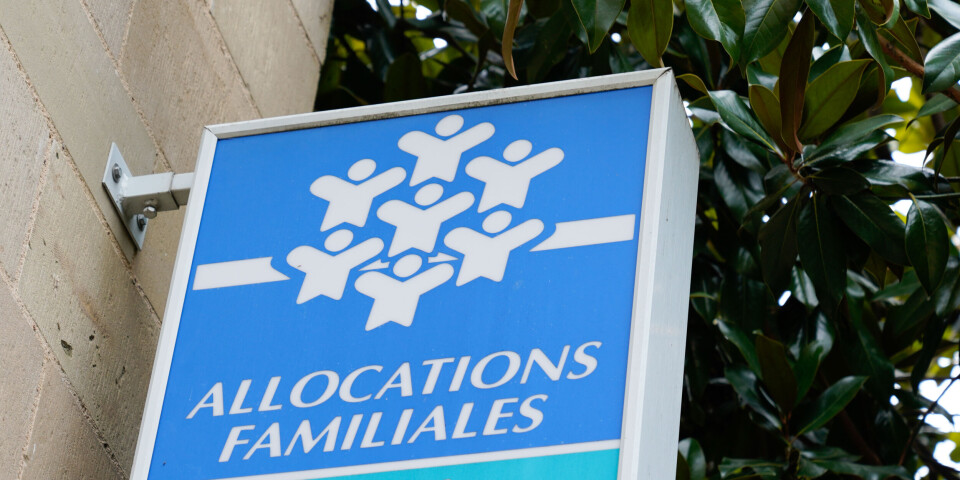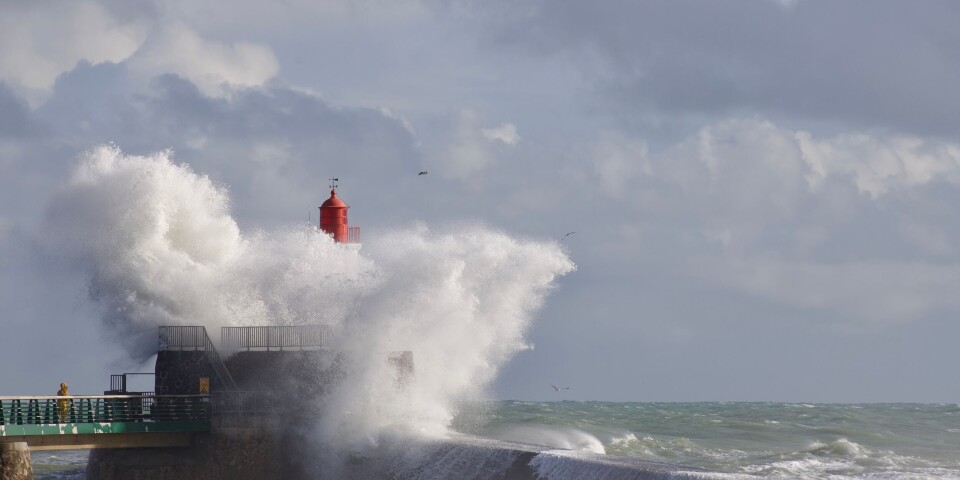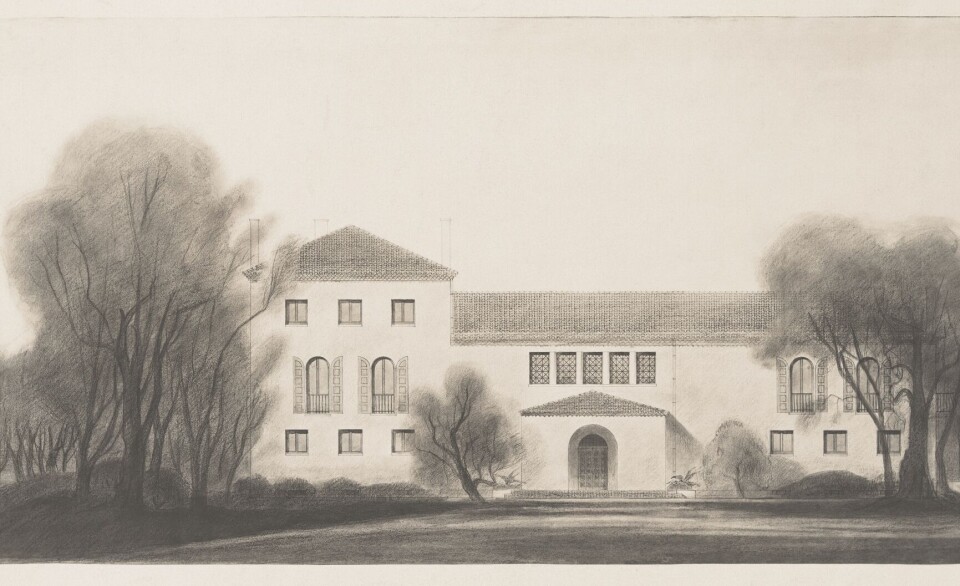-
Undergrowth clearance rules now in place across Var
New regulations affect most of department but aim to protect biodiversity
-
November gardening: tips for the perfect 'hot bed'
Great advice for adding some fiery colour to your garden this autumn and beyond
-
What you need to know when collecting rainwater in France
The rules are complex and depend on what you plan to do with it
Plant species given Breton lifeline
Jane Hanks visits a unique botanical conservation centre in Brittany that is saving exotic plants from extinction

The Conservatoire Botanique National de Brest in Finistère was the first garden in the world dedicated to saving endangered plant species.
It was the prototype for the network of 11 Conservatoires Botaniques which are responsible for protecting and studying plant life for the whole of France.
It now houses the biggest concentration of plants in danger of extinction in France and one of the biggest for endangered plants all over the world.
It also specialises in plants from oceanic islands.
Some of these plants no longer exist in the wild and only in a few gardens and other conservation gardens.
It has a seed bank with 2,000 varieties in danger from all over the world. In all there are over 4,000 different varieties of plants, 406 which are in immediate danger and 66 of which are extinct in the wild.
The garden was created by a local man, Jean-Yves Lesouëf who wanted to create a kind of Noah’s ark for plants on the brink of extinction from all over the world. He said in an interview with the Conservatoire, after his retirement, that he first had the idea in 1974: “They had already done the same for animals: the European Bison, for example was saved by zoos in Poland and Germany. Why not apply that to plants?”
He chose a sheltered valley, the Vallon du Stang-Alar, with a stream and cliffs, which was originally pastureland and a quarry.
It had been abandoned in the 1960s and bought by the council, which decided to support the project. It is divided into two: public gardens to the north and the Conservatoire Botanique to the south.
The public can wander the gardens for free and explore a wide variety of labelled shrubs, trees and flowers from all over the world including tree ferns, palms, giant sequoias, bamboos and eucalyptus.
There is an entry fee to the tropical greenhouses, open during the summer and Easter holidays.
My guide was Loïc Ruellan.
He said that the plants we were about to see were chosen for very different reasons from those you might see at Kew: “Kew has a magnificent collection, which includes rare plants, but they were originally chosen because they were unusual or beautiful, not because they were about to die out. Some of the ones we have are not particularly attractive, but are in real danger of extinction.”
An example is the Cylindrocline Lorencei: “It is not much to look at, but was discovered by our founder, Jean-Yves Lesouëf, during a trip to Mauritius in 1982. He was looking for another plant in the same family, Cylindrocline commersonii, but came across this other species, which was until then, unknown.
“He took one of its fruit and brought the seeds back to Brest. The plant then completely disappeared in the wild. Botanists at Brest tried to grow the seeds that had been stored up to then, but not one germinated. However, they found there were still some living cells in some of the seeds and managed to grow three plants in vitro.
“We then cultivated more plants and once there were enough were able to send them to other specialist gardens. Six years ago we started tests to replant in the wild. It has taken 35 years to get to this stage, so it is a long process.”
In the seedbank, seeds are kept at temperatures of -18°C. The length of time they can be conserved can vary from a few months to hundreds of years, as long as they are completely dry.
Frequent tests have to be made to make sure the seeds will still germinate. Some seeds are used for planting at Brest and others are sent to other gardens and institutions worldwide, when the need arises.
Another plant in the greenhouses, is the Normania triphylla, which is not particularly eye catching with its small, purple flowers, but is one which had not been seen on the island of Madeira for a hundred years, until one was found in 1991.
The place where it had grown had been destroyed by intensive cultivation which had turned the verdant mountain slopes into bare rock.
Seeds were taken back to Brest from this one specimen, it was propagated, and by 2009, 15,000 new seeds had been produced. Now they are being grown in nurseries in Madeira, ready to be planted in the wild.
“You may ask,” says Loïc Ruellan, “why take so much effort over plants which may appear worthless.
Our answer is that wherever you are in the world, there are on average 20- 25% of plant species in danger of dying out. If we say it doesn’t matter each time, everything will go. It is nearly always man who is the cause, so we should repair the damage we have made.
“We think it should not be for us to choose which plants to save, but to save as many of those which come to our attention as we can. Maybe that plant is vital to animals or insects; maybe we will find it is useful for a medicine or a cosmetic product in the future.”
Some plants are more difficult to propagate than others, and it takes great care and perseverance to reproduce the exact conditions some need to thrive: “We have a life-size model of one, Rafflesia arnoldii, known as the corpse lily which is a parasitic plant, famous for having the largest individual flower in the world. It grows in Indonesia and is endangered, but so far we have no idea how to propagate it. We are working with botanists in Indonesia who have one growing in its natural conditions to study its needs.”
In the greenhouses, you are guided through different climates from humid forests to dry lands, from Mauritius to Hawaii, French Guinea to Madagascar.
Outside there are plants which can survive in milder conditions. There is a member of the monkey puzzle family, a Wollemi Pine, of which there are just 100 specimens in the wild, growing near Sydney in Australia, and there are plants closer to home which are in danger.
The Eryngium viviparum is now only present in one place in the Morbihan at Carnac, whereas previously, it was found in over 50 areas in Brittany. It is being grown at Brest, so it can be replanted into the countryside: “Wherever we can we try to work in the place where the plants come from. It is easier to do that here in France, than other countries. Madagascar has one of the richest diversity of plant life in the world, but it is also one of the poorest countries. It needs a lot of manpower and money to have a presence on the island.”
The Conservatoires Botaniques in France have financial backing from the government and have to fulfil four aims: study plants in their region; save rare plants; give expert advice to managers of natural areas, such as the forestry commission and inform the public.
At Brest they do all that and specialise in saving other plants from all over the world.











